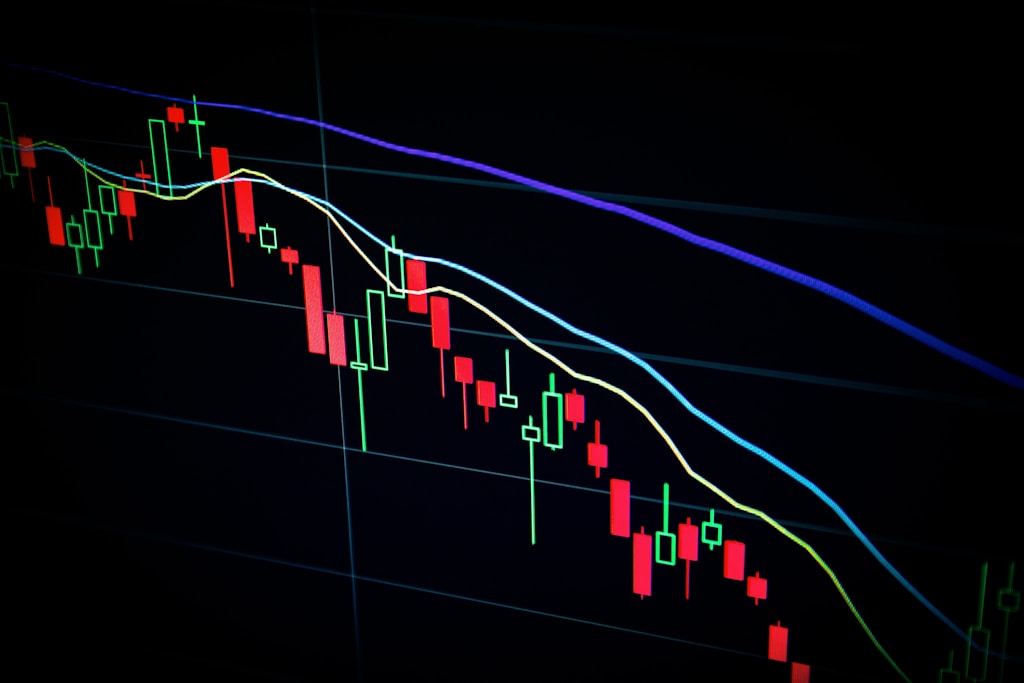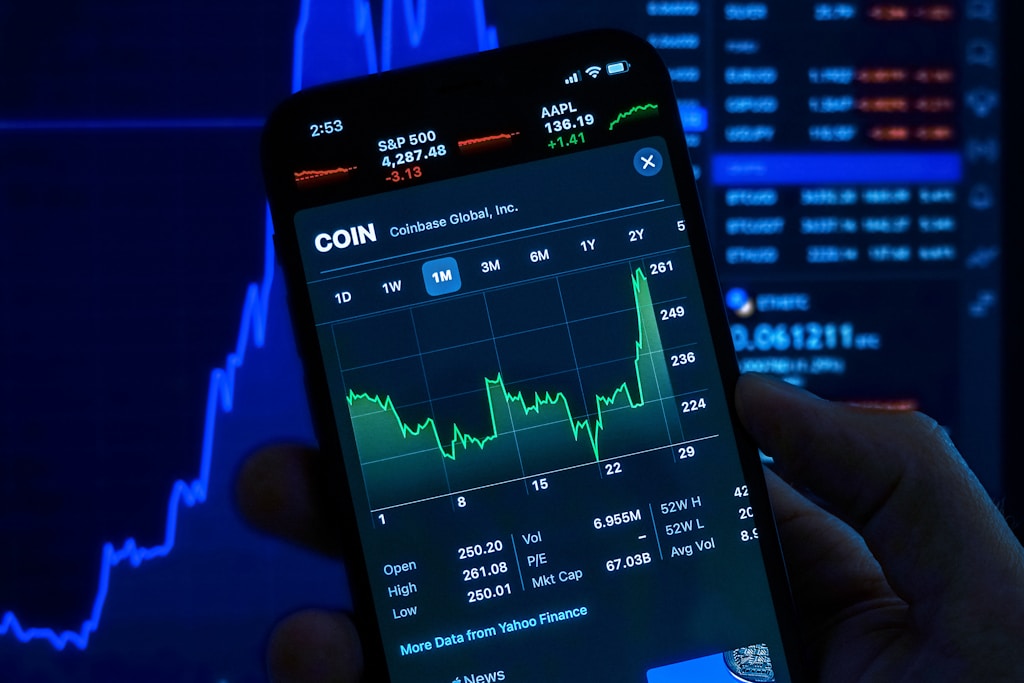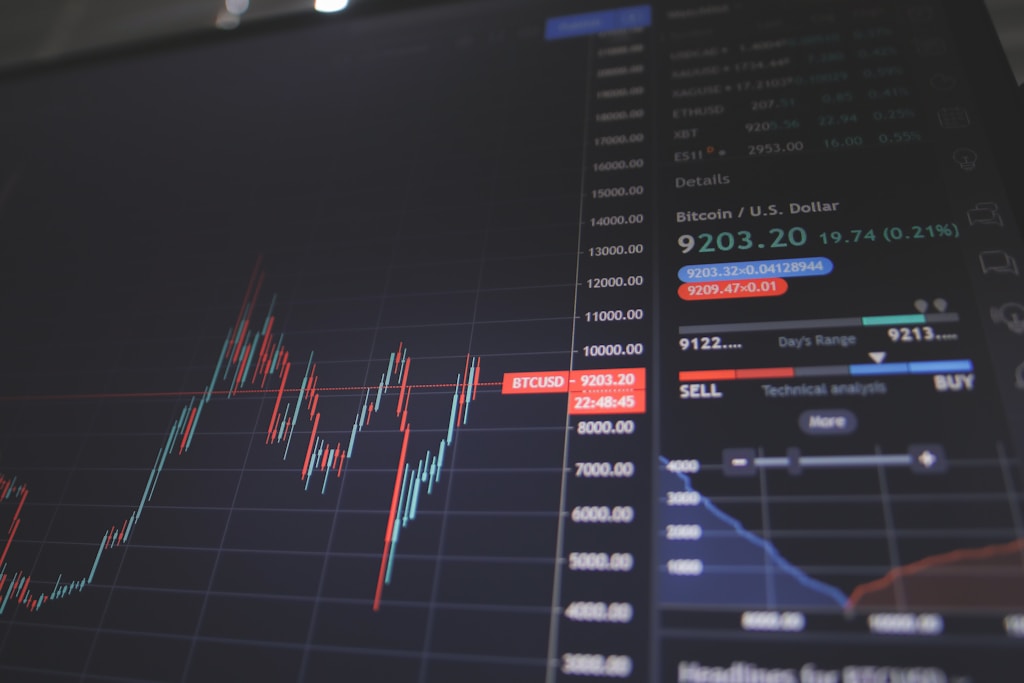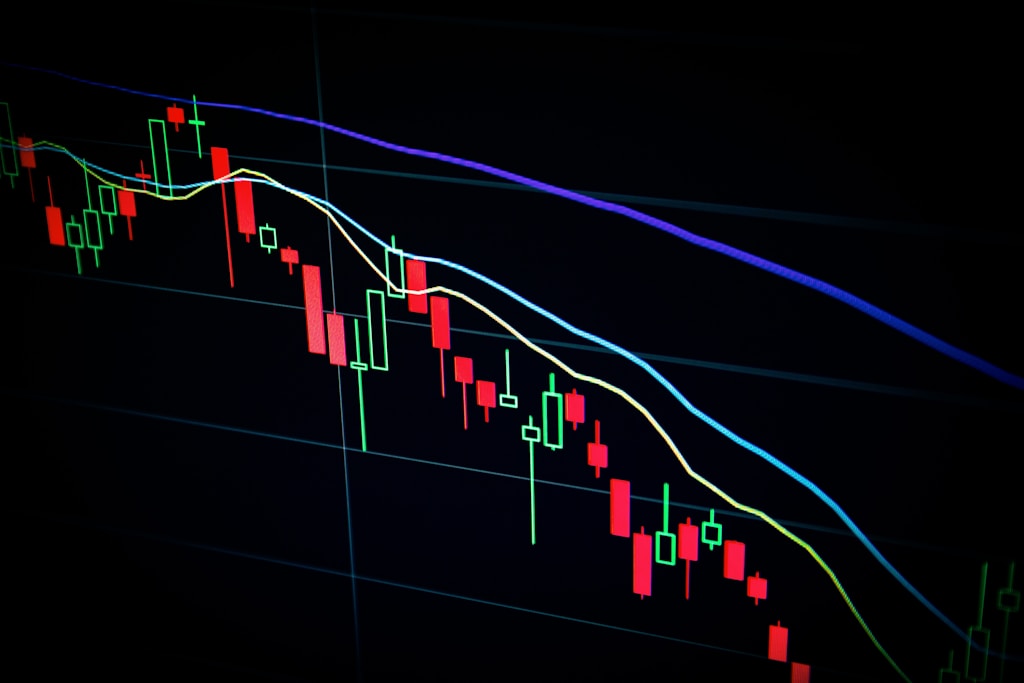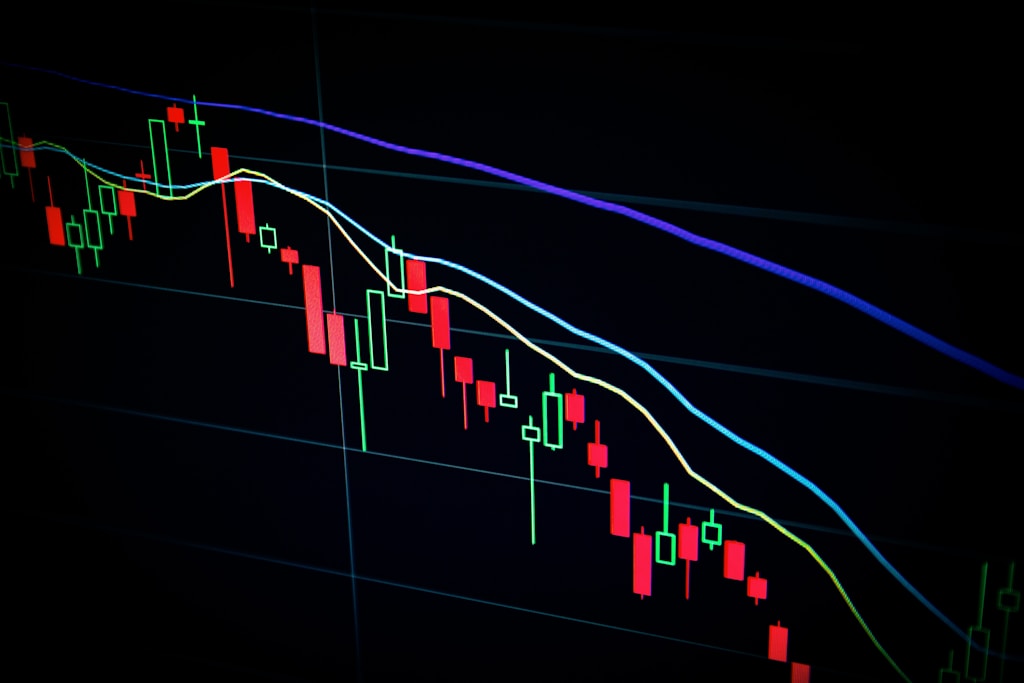Bitcoin Price Rally Expected as Trump Tariffs Signal Deflationary Trend
The cryptocurrency market could be on the verge of a significant rebound as market indicators suggest Trump’s aggressive trade policies may unexpectedly lead to lower inflation rates, creating a bullish environment for risk assets including Bitcoin (BTC).
This analysis comes as recent market data shows increasing capital flight to crypto assets amid global tariff tensions, suggesting a potential shift in investment patterns.
Key Market Developments:
- Bitcoin has experienced a 20% decline since February amid broader market uncertainty
- Five-year breakeven inflation rate has dropped from 2.6% to 2.32%
- Ten-year breakeven rate shows significant decrease from 2.5% to 2.19%
SPONSORED
Maximize your trading potential with up to 100x leverage on perpetual contracts
Understanding the Tariff Impact
While conventional wisdom suggests tariffs lead to inflation, historical data and market indicators point to a different outcome. The recent escalation of trade tensions between the U.S. and China, with retaliatory tariffs exceeding 100%, may actually trigger deflationary pressures in the long term.
Expert Analysis
Jim Paulsen, a Wall Street veteran with four decades of experience, emphasizes that tariffs historically have been deflationary rather than inflationary. This view is supported by academic research, including a 2001 paper by economist Ravi Batra, which found that high tariffs in the U.S. consistently led to decreased living costs.
Implications for Bitcoin
The potential deflationary environment could prompt the Federal Reserve to adopt a more dovish stance, potentially leading to:
- Lower interest rates
- Increased liquidity in markets
- Greater appetite for risk assets
- Renewed institutional interest in cryptocurrencies
FAQ Section
How do tariffs affect Bitcoin prices?
Tariffs can impact Bitcoin prices through their effect on broader economic conditions, particularly inflation rates and monetary policy responses.
Why might Bitcoin benefit from deflationary pressures?
Deflationary pressures could lead to more accommodative monetary policy, which historically has supported risk asset prices, including cryptocurrencies.
What are the key levels to watch for Bitcoin?
Given the current market conditions, traders should monitor the recent support levels and potential breakout points as the market digests these macroeconomic developments.
Market Outlook
The combination of decreasing inflation expectations and potential Federal Reserve policy adjustments could create a favorable environment for Bitcoin and other cryptocurrencies in the coming months. Investors should monitor breakeven rates and Federal Reserve communications for further confirmation of this trend.
